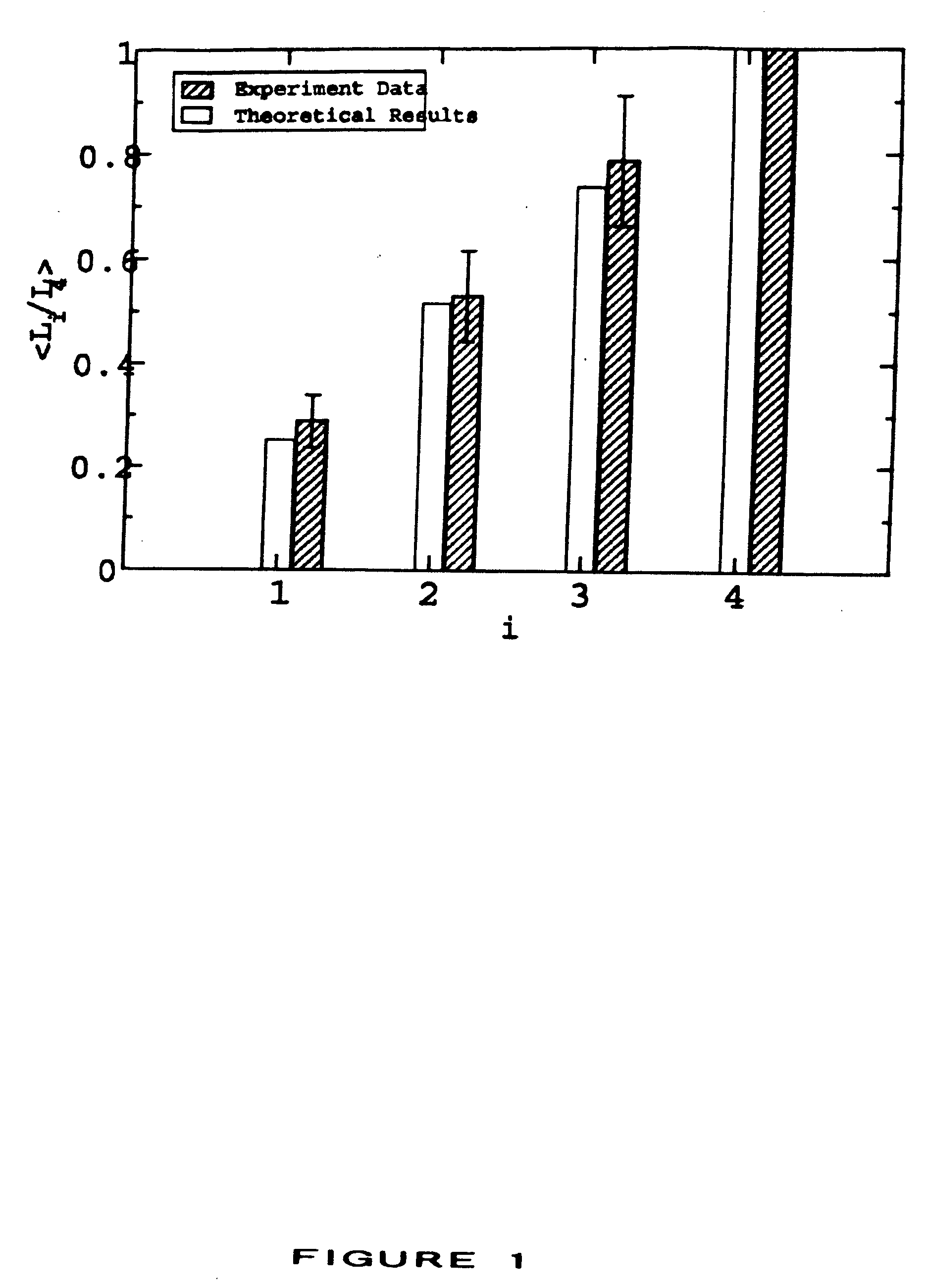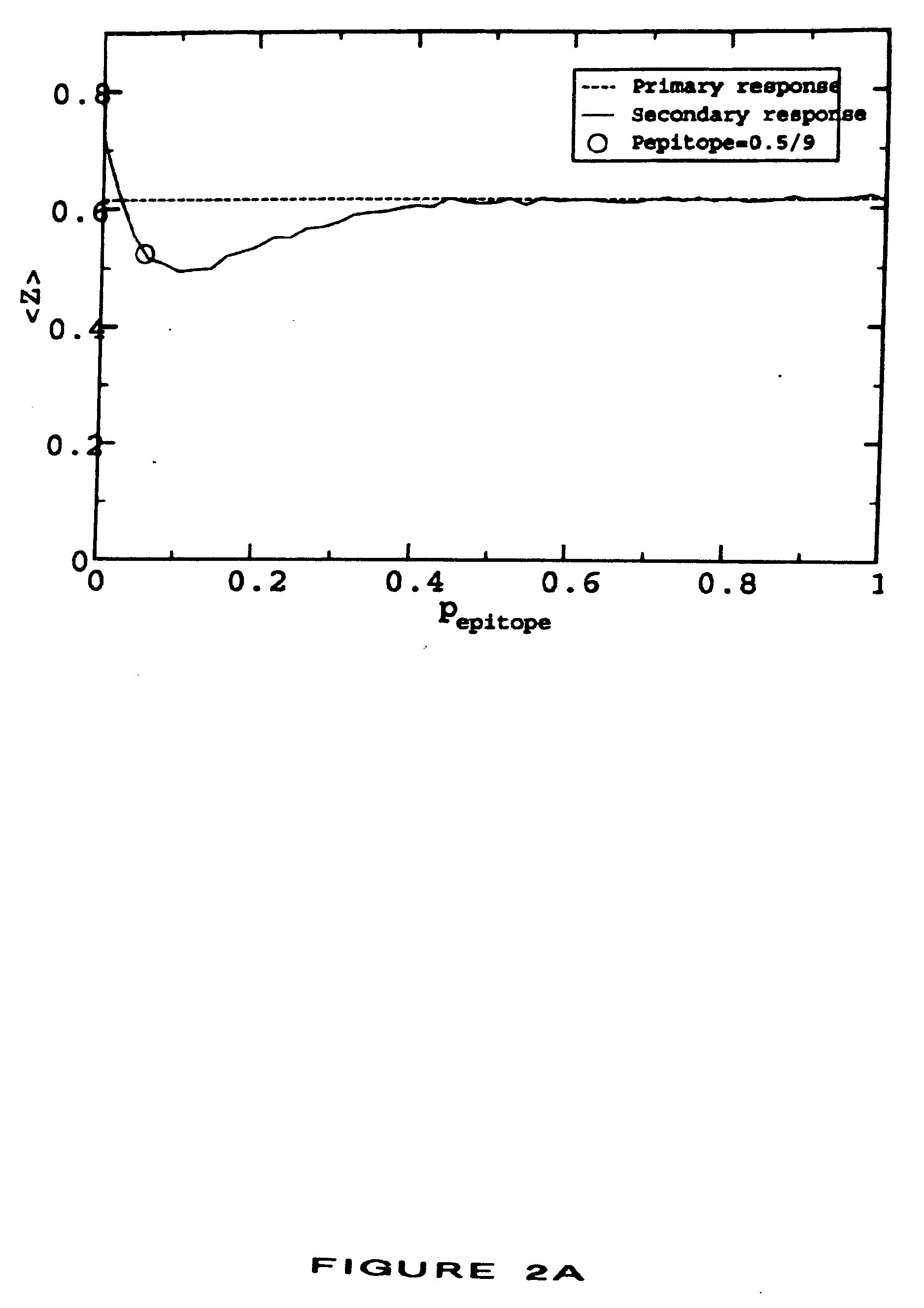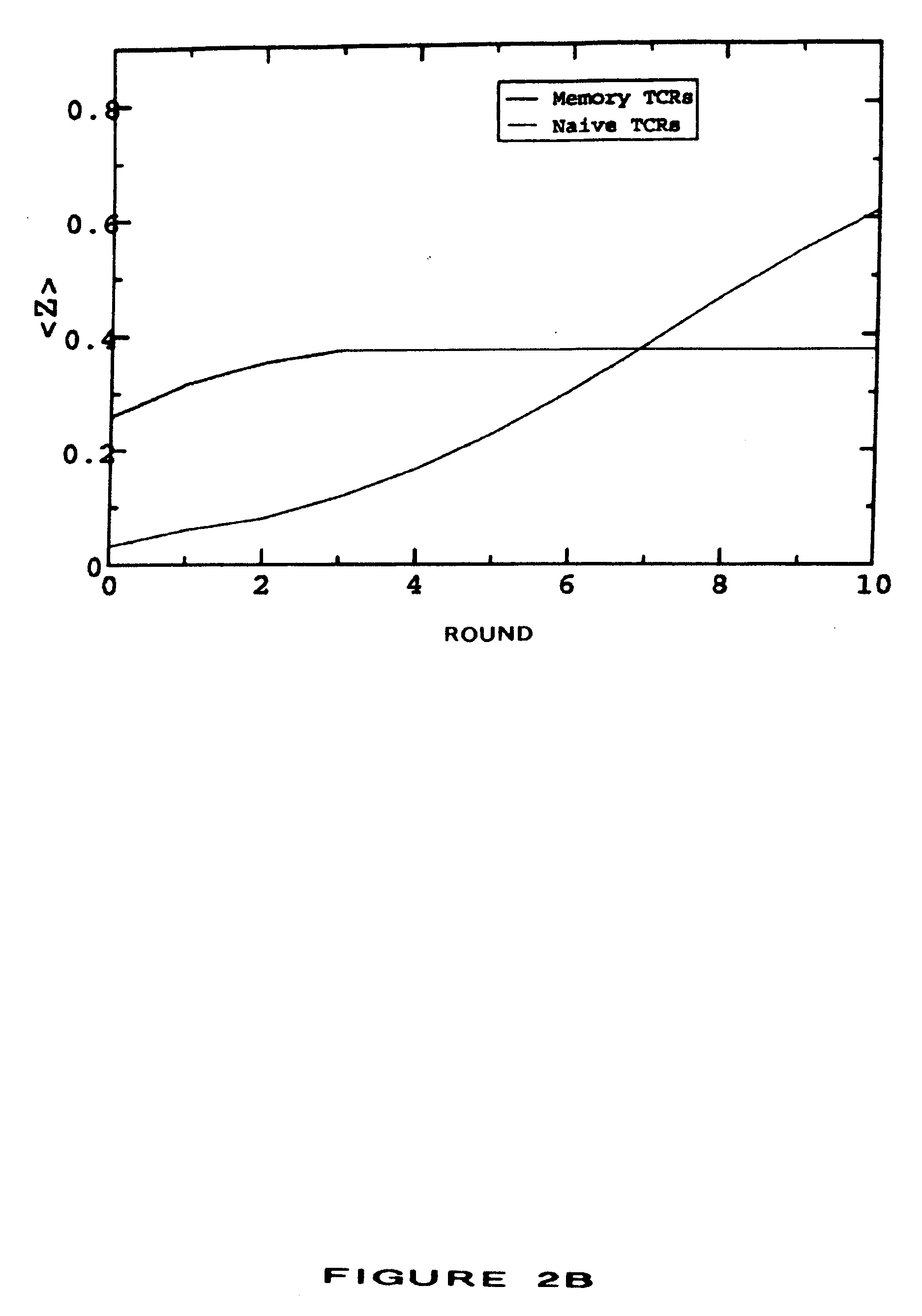Methods and compositions for polytopic vaccination
a polytopic and composition technology, applied in immunology disorders, therapy, antibody medical ingredients, etc., can solve the problems of overcoming effects, affecting the ability to develop an effective response against a subsequent infection, and mutated forms or different strains of original infectious agents. , to achieve the effect of suppressing immunodominance, reducing the distance between each site, and reducing the risk of infection
- Summary
- Abstract
- Description
- Claims
- Application Information
AI Technical Summary
Benefits of technology
Problems solved by technology
Method used
Image
Examples
Embodiment Construction
[0026] This invention provides methods for treating or preventing an infectious disease in a subject by eliciting an immune response against an infectious agent which causes the disease. The terms “elicit,”“stimulate,” and “induce” are used interchangeably to denote the generation of a de novo immune response in a subject or to denote the enhancement of the strength or persistence of an existing immune response. An infectious agent may be, for example, a pathogen, such as a bacterium, a virus, or a parasite. An infectious agent may be a strain of a pathogen, particularly a strain of a virus. Infectious agents and strains are described in more detail in Section 5.3.
[0027] The methods comprise administering to the subject a plurality of compositions, each composition being administered to a different site of the subject, preferably a human subject, wherein each composition comprises at least one antigenic molecule. In one embodiment, at least one antigenic molecule in each compositio...
PUM
| Property | Measurement | Unit |
|---|---|---|
| time | aaaaa | aaaaa |
| time | aaaaa | aaaaa |
| time | aaaaa | aaaaa |
Abstract
Description
Claims
Application Information
 Login to View More
Login to View More - R&D
- Intellectual Property
- Life Sciences
- Materials
- Tech Scout
- Unparalleled Data Quality
- Higher Quality Content
- 60% Fewer Hallucinations
Browse by: Latest US Patents, China's latest patents, Technical Efficacy Thesaurus, Application Domain, Technology Topic, Popular Technical Reports.
© 2025 PatSnap. All rights reserved.Legal|Privacy policy|Modern Slavery Act Transparency Statement|Sitemap|About US| Contact US: help@patsnap.com



